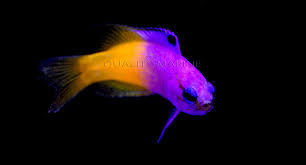
Dragons in Chinese Folklore: Legends, Symbolism, and Cultural Significance
Dragons hold an unparalleled position in Chinese folklore and culture. Unlike their Western counterparts, often depicted as fearsome and destructive, Chinese dragons are symbols of power, wisdom, and good fortune. These mythical creatures have woven themselves into the fabric of Chinese tradition, from ancient legends to modern celebrations. This article explores the origins, symbolism, and…














